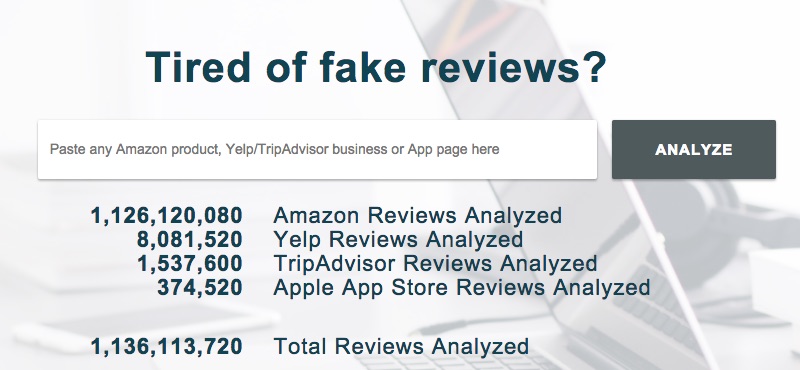In the competitive world of online commerce, not every merchant is honest. Some post fake positive reviews for their products to entice shoppers. Others post fake negative reviews for competitors’ products to dissuade potential buyers.
Both are examples of product review fraud. It’s dishonest to competitors and, also, to shoppers that rely heavily on the reviews.
If a retailer does not stop the fraud, shoppers could lose trust in the reviews and cease purchasing from the site.
Product Review Fraud
There are many types of product review fraud. Here are some common ones.
- Individuals and small groups. This type of fraud involves a few people who manually write fake reviews, either promoting their own products or criticizing competitors’. Since this is a small group, it’s easier to identify the patterns across different reviews and mark them as potential fakes. Retailers should block the fraudsters, after a first warning or without any warning.
- Larger teams. This involves an organized team of people that write fake reviews, sometimes hundreds per day. For fake positive reviews, the teams are often paid a portion of the increased sales or with free or discounted products. The teams can also post hundreds of fake negative reviews to reduce competitors’ sales. Coordinated fraud across larger teams is difficult to catch as the patterns are hard to trace. Moreover, the team is sometimes comprised of revolving temporary workers with different writing styles. Sometimes the team is created by merchants, who recruit customers to leave a positive review in exchange for a free or discounted product.
- Automated bots. Dishonest merchants have been known to create bots that post automated reviews. The bots set up fake consumer accounts and go through a list of products to leave fake reviews. They could use review templates or a limited, predetermined vocabulary. Fraud from automated bots can cause much damage in a short amount of time. But it is usually easy to catch with the right technology, to identify patterns. The bot owner knows that its fake reviews be detected quickly. So the strategy is usually to benefit from increased sales for a few days before the fake reviews are removed and sales are back to normal.
- False negative. Many sites allow users to tag a review as a fake. This usually leads to the review being taken offline until someone can confirm its legitimacy. The false negative fraud involves tagging competitors’ valid positive reviews as fakes to trigger their removal. It usually takes a while for a competitor to verify a tagged review, which can reduce sales in the interim. Merchants can gradually eliminate this type of fraud, as once verified a review can no longer be flagged as fake.
Identify and Prevent
Third-party providers can help to identify fake product reviews. One such provider is Fakespot, which can analyze a product page and, based on pattern analysis, determine potential fake reviews and the users that post them. These services are not foolproof. But they are a viable option, especially for smaller merchants.
A better option is for the site owner to prevent such reviews by having a strict verification process. Reviews should only be published after they are checked and approved. Again, pattern analysis software can often identify fake reviews. Blocking IP addresses of the authors of fake reviews can also help.
Graph data analysis is another prevention process. It can navigate the path from a review to its author, to compare his review history and his writing style. It can also detect multiple customer accounts tied to a single IP address.
Still, scammers continuously evolve. They come up with new ways to game the system. Hence merchants should invest in prevention technology. The alternative is for shoppers to lose trust in the reviews or have bad shopping experiences. Both can cause them to leave and never return.
